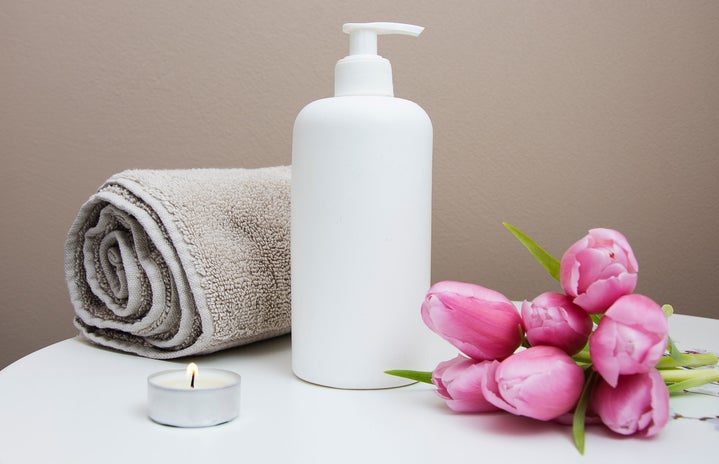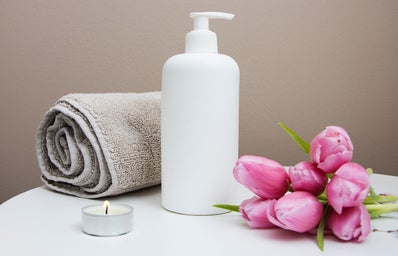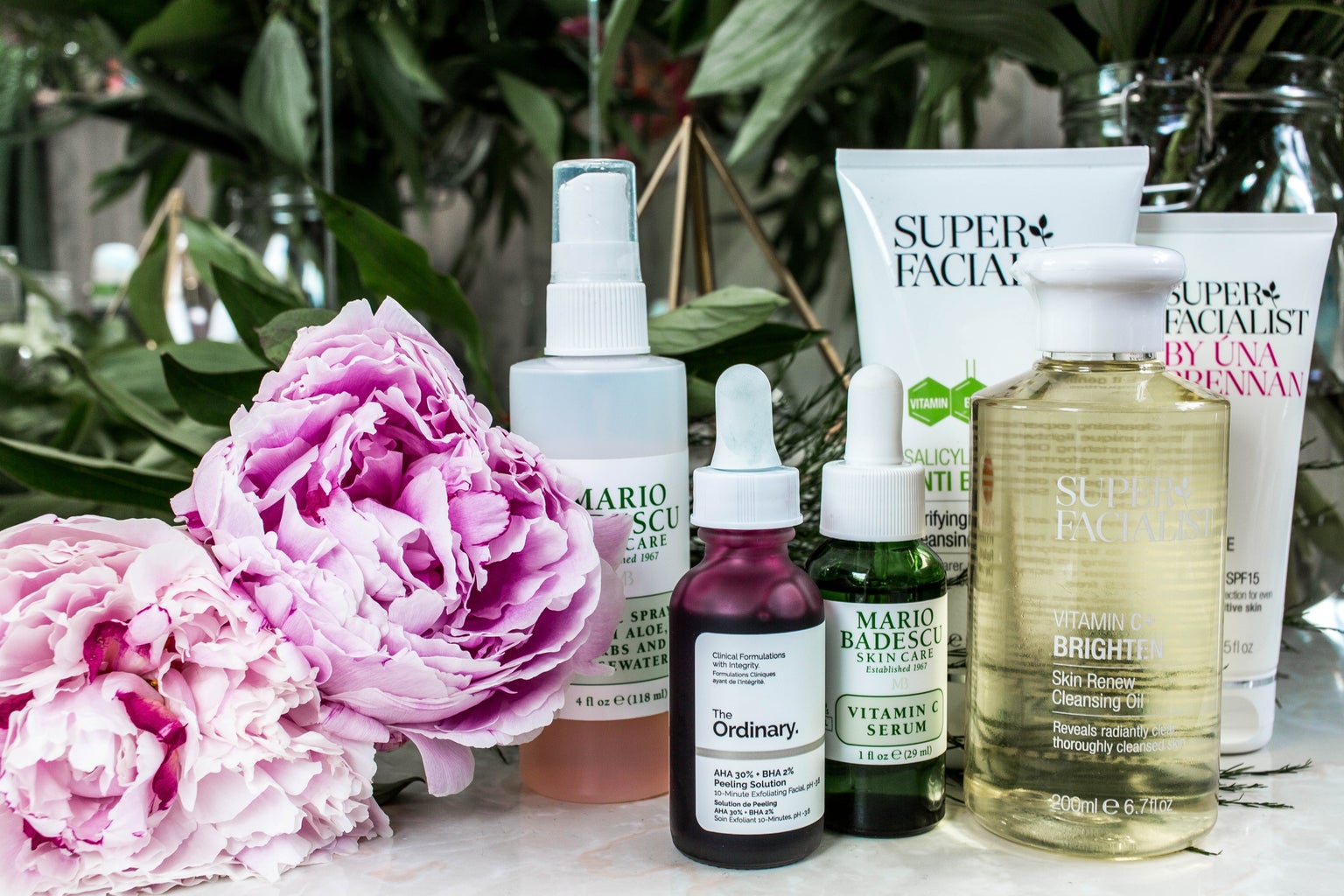Beauty products are being greenwashed. Dictionary.com defines it as “a superficial or insincere display of concern for the environment that is shown by an organization.”. People are being more cautious with what they buy and are considering the consequences it might have on the earth. This has created a spike in green marketing; product packaging is being redesigned to look eco-friendly. If consumers want to be conscientious about how the products they use affect the environment, they must research its ingredients.
Consumers can’t believe everything the label says. If a shampoo is labeled as “all-natural”, what does that actually mean? Well, no one knows. “The [Food and Drug Administration] has not engaged in rulemaking to establish a formal definition for the term ‘natural’,” according to the FDA’s website. Meaning, the FDA doesn’t regulate who does or doesn’t get to use the term “natural”.
“It’s legal for companies to use the phrase ‘natural flavors’ or ‘natural fragrances’ when referring to chemical preservatives in their products,” said dermatologist, Dr.Jessica Krant to Insider. So, ignore the label and research the ingredients instead.
Environmental Working Group’s (EWG) Skin Deep makes it easy to do your research. It gives users a simplified explanation of what side-affect the ingredients in their products may have on their skin and the environment. They use a scale system to display the treat level a product poses for the environment. For example, Drunk Elephant Shaba Complex Eye Serum is rated a 3/10 because it has high contaminating concerns and is irritating to the skin among other reasons. EWG then breaks down the ingredients by rating them, telling readers how much information is available about the ingredient and why it may be a cause for concern.
Watching YouTubers who’s channels are solely dedicated to beauty and skincare helps, too. Hyram, a skincare specialist and YouTuber who creates videos about the ingredients in skincare products, avidly advises against using beauty balms with polyethylene as an ingredient because of the harmful effect it could have on marine life.
Some brands, like Farmacy, portray themselves as being environmentally friendly. They describe their products on their website by saying they “[live] up to [their] full potency and potential through clean, thoughtful formulas.” However, Farmacy’s Green Clean Makeup Removing Cleansing Balm, labeled as a “Clean at Sephora” product, contains Polyethylene, the most widely used plastic in the world.
Brands like Youth to the People and Krave Beauty are ethical brands and try to create small carbon footprints. However, they are expensive. The Ordinary’s products are cheaper and have very few ingredients in them. They also have a low rating on EWG’s website.
Wanting to protect the environment takes work. So many companies are using green marketing and it’s making it harder to purchase what’s good for the environment. However, consumers can easily combat greenwashing by doing their research and figuring out what works best for them.




